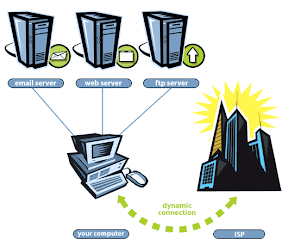Subnetting Cheat Sheet For Quick Reference
Subnetting is a method of segmenting hosts within a network and providing additional structure hosts within a network and providing additional structure. Without subnets, an organization operates as a flat network. These flat topologies result in short routing tables, but as the network grows, the use of bandwidth becomes inefficient.| Classes | 1st Octet Range | Network Bits | Possible Networks | Host Bits | No. of Hosts per Network |
|---|---|---|---|---|---|
| A | 1-126 | 8 | 126 | 24 | 16,777,216 |
| B | 128-191 | 16 | 16,384 | 16 | 65,536 |
| C | 192-223 | 24 | 2,097,152 | 8 | 256 |
Note: The total number of available hosts on a network can be derived by using the formula 2^n-2, where n is the number of host bits. The -2 accounts for an octet with all 0s, which is reserved for network identification, and all 1s, which is reserved for sending a broadcast message to all hosts.







